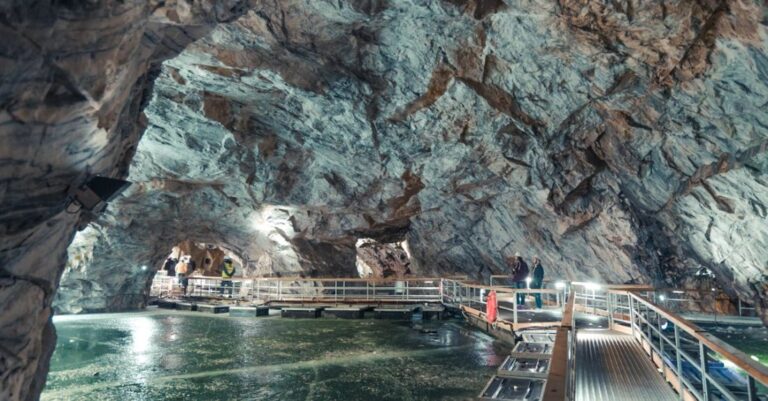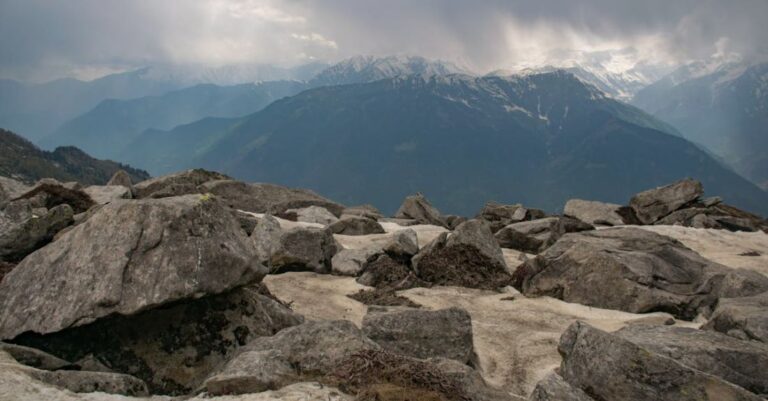
The Galapagos Islands, located in the Pacific Ocean off the coast of Ecuador, are renowned for their unique biodiversity. The diverse range of species found on these islands has fascinated scientists and nature enthusiasts for centuries. One of the key factors that influence the biodiversity of the Galapagos is its geology. The geological features of the islands play a crucial role in shaping the habitats and ecosystems that support a wide array of plant and animal species.
**Impact of Volcanic Activity**
The Galapagos Islands are volcanic in origin, with ongoing volcanic activity shaping the landscape of the archipelago. The eruptions and lava flows from these volcanoes have created a variety of habitats, ranging from barren lava fields to lush highland forests. The different types of soils formed as a result of volcanic activity support a diverse range of plant species, which in turn provide food and shelter for a multitude of animals.
**Isolation and Endemism**
The geological history of the Galapagos Islands has also contributed to their isolation from the mainland, leading to the evolution of unique species found nowhere else on Earth. The isolation of the islands has allowed plants and animals to adapt to their specific environments, giving rise to endemic species that are specially adapted to the local conditions. For example, the famous Galapagos giant tortoises have evolved into different species on different islands, each with unique characteristics suited to their respective habitats.
**Geological Succession and Habitat Diversity**
Geological processes such as erosion and sedimentation have led to the formation of diverse habitats on the Galapagos Islands. From sandy beaches to rocky cliffs, from mangrove forests to arid scrubland, the varied geology of the islands creates a mosaic of habitats that support a wide range of plant and animal life. The availability of different habitats allows for niche specialization, with species evolving to fill specific ecological roles within their respective habitats.
**Climate and Geology Interplay**
The geology of the Galapagos Islands also influences the climate of the archipelago. The different elevations and orientations of the islands affect factors such as temperature, precipitation, and wind patterns, creating microclimates that support a variety of ecosystems. The volcanic peaks of the islands act as barriers to the prevailing winds, leading to the formation of rain shadows and influencing the distribution of rainfall across the archipelago. The interplay between geology and climate creates a dynamic environment that shapes the distribution of plant and animal species on the islands.
**Conservation Challenges and Geology**
Despite their remote location and protected status, the Galapagos Islands face numerous conservation challenges, many of which are linked to their geology. The volcanic nature of the islands makes them vulnerable to natural disasters such as volcanic eruptions and earthquakes, which can have devastating effects on the local ecosystems. Invasive species introduced by human activities also pose a threat to the native flora and fauna of the Galapagos, disrupting the delicate balance that has evolved over millions of years.
**Preserving the Unique Biodiversity**
Efforts to conserve the biodiversity of the Galapagos Islands must take into account the crucial role that geology plays in shaping the ecosystems of the archipelago. By understanding the geological processes that have shaped the islands and continue to influence their habitats, conservationists can develop strategies to protect and restore the unique biodiversity of the Galapagos. This may involve measures such as controlling invasive species, monitoring volcanic activity, and mitigating the impacts of climate change on the fragile ecosystems of the islands.
In conclusion, the geology of the Galapagos Islands is a key factor influencing the biodiversity of this unique archipelago. From the impact of volcanic activity to the formation of diverse habitats, the geological features of the islands shape the ecosystems that support a wide array of plant and animal species. Understanding the interplay between geology and biodiversity is crucial for the conservation of the Galapagos Islands and the preservation of their unique natural heritage.





